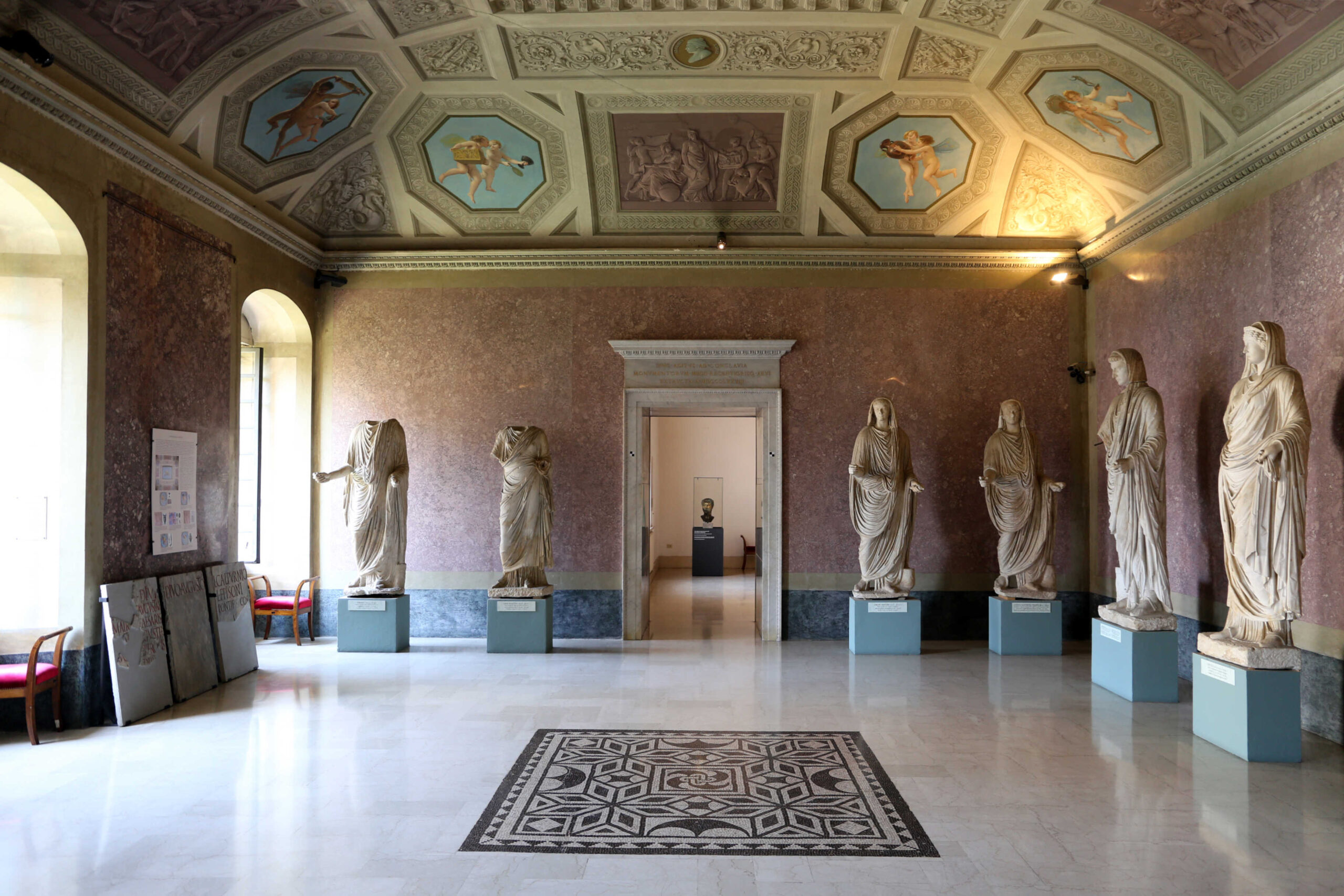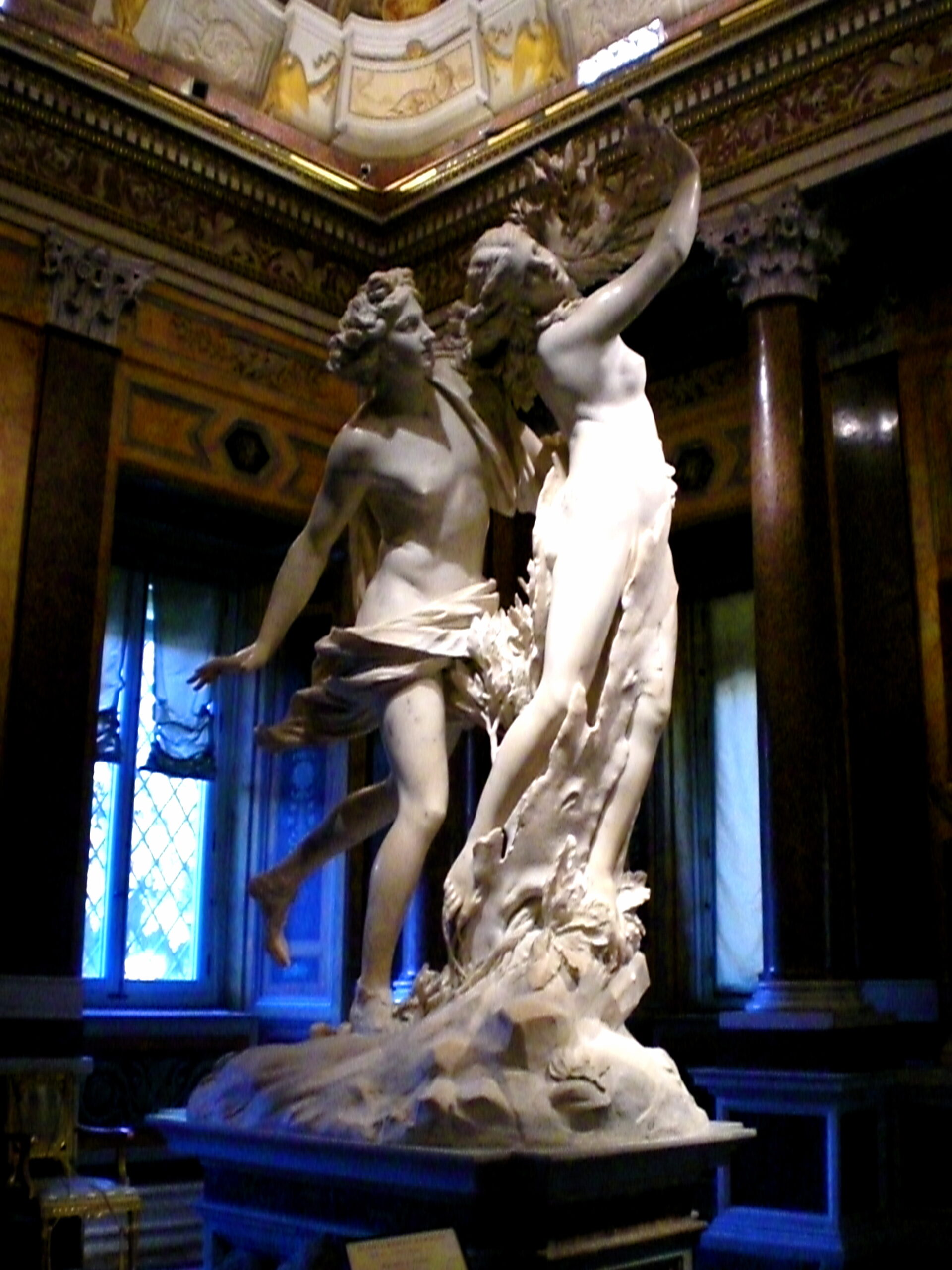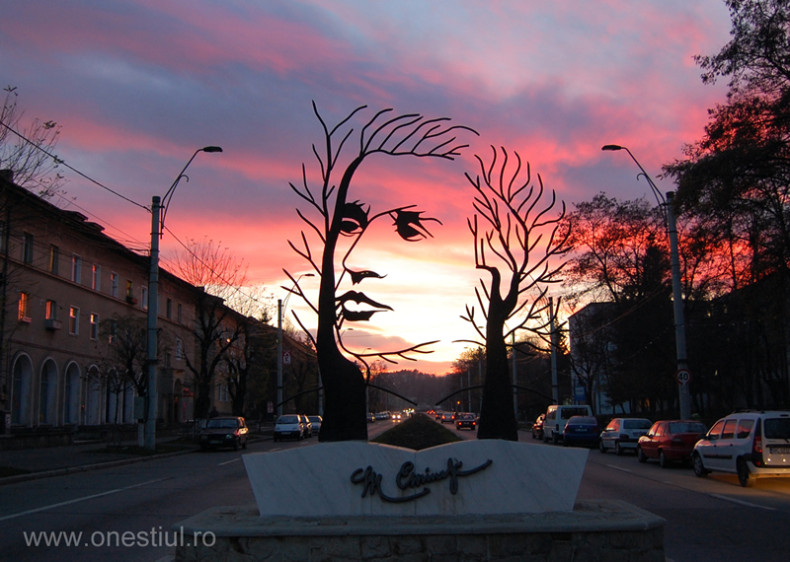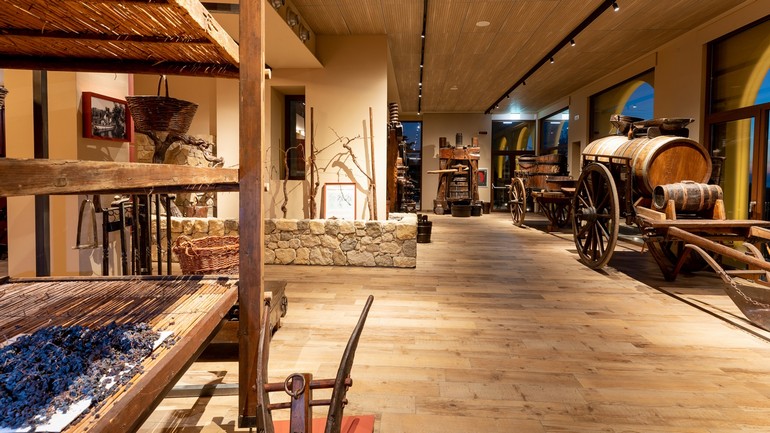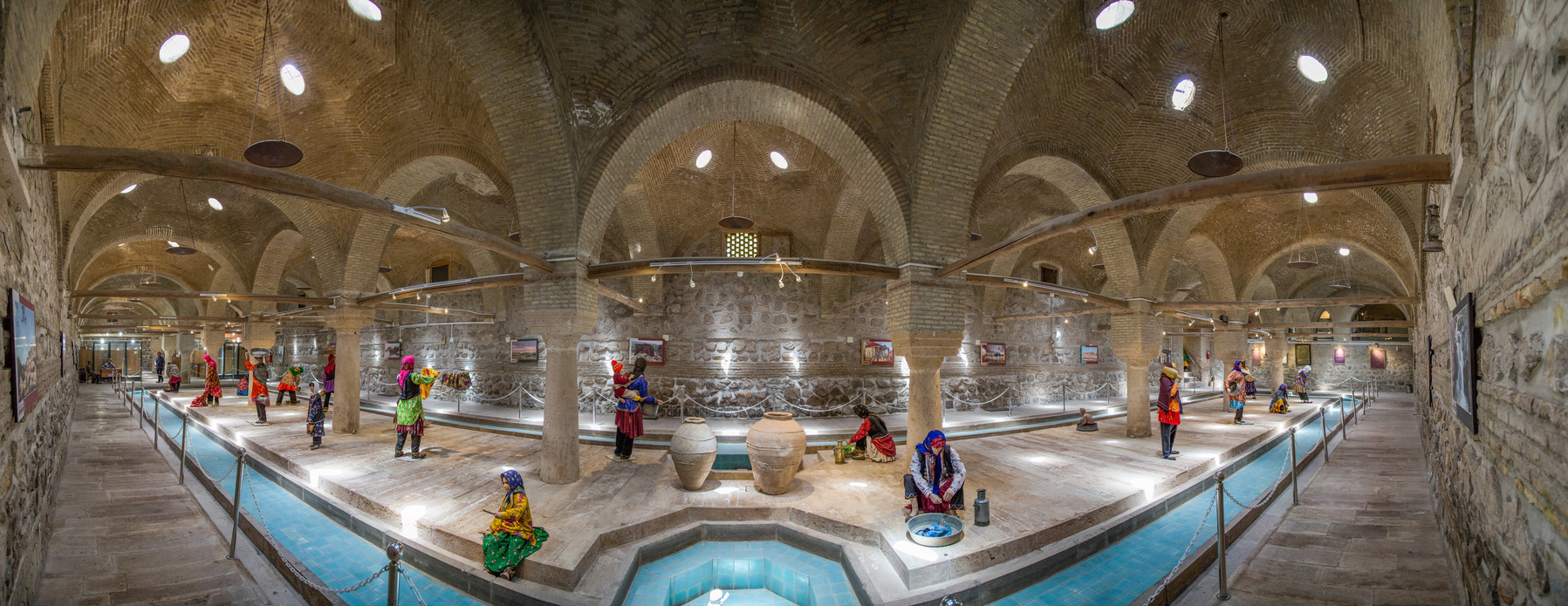The Museum was founded in 1760 by Filippo di Borbone to preserve the finds found in the Roman municipium of Veleia, including the famous bronze Tabula alimentaria, and was then increased with the purchase of collections and local finds; in 1867 one of the first prehistoric collections in Italy was created there. It is divided into two sections. The one that collects the historical collections includes spectacular materials from Veleia, including the 12 marble statues of figures of the imperial Julio-Claudian family (1st half of the 1st century AD), remarkable Greek, Italic and Etruscan ceramics and the prestigious Egyptian section with sarcophagi, canopic vases, papyrus, votive bronzes and the important Magnarini Collection (429 beetles-seals dated from 2100 to 525 BC). The rich medallion collection is not normally open to the public. The section that preserves the testimonies of the province of Parma includes prehistoric materials from the Palaeolithic to the Bronze Age (important Neolithic finds, including some burials, and those from the "terramare" from the Bronze Age), protohistoric (Etruscan and Ligurian), Roman (statues, architectural fragments, mosaics, funerary epigraphs from Parma and the territory and a treasure trove of jewels and coins from the 3rd century) and Lombard (jewels from some tombs).
